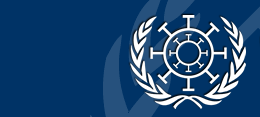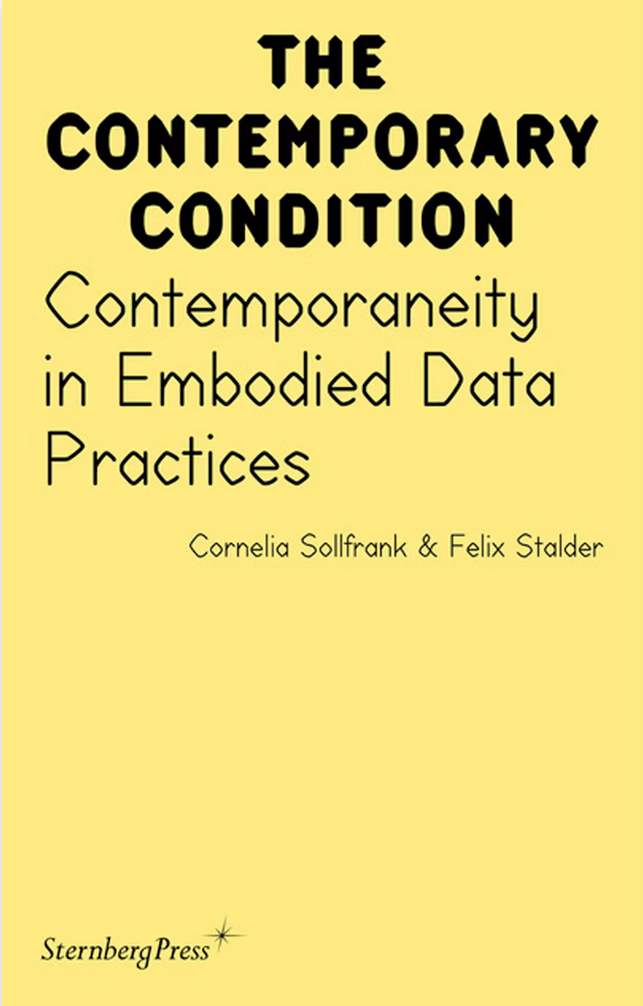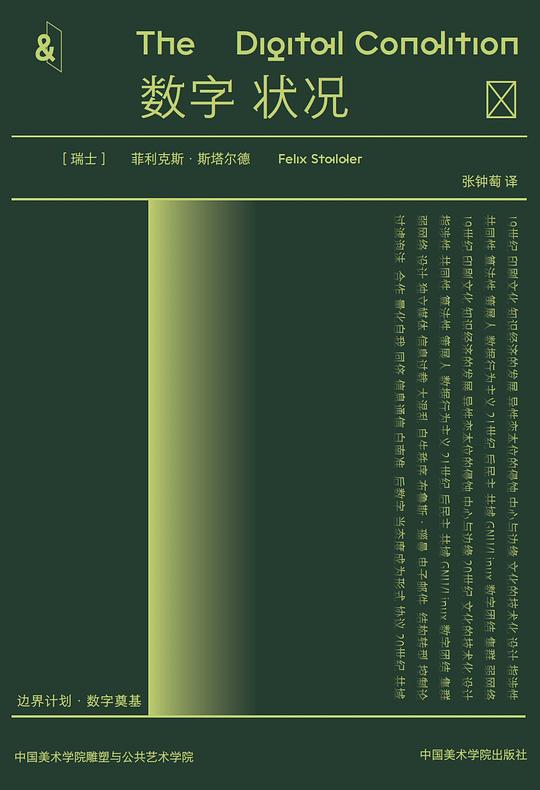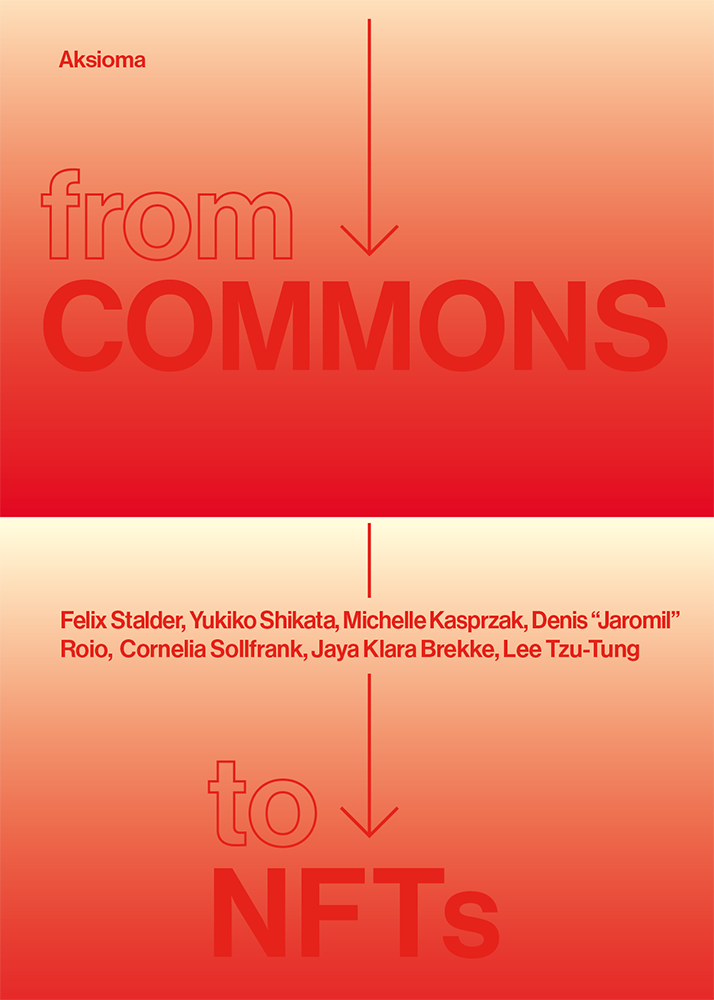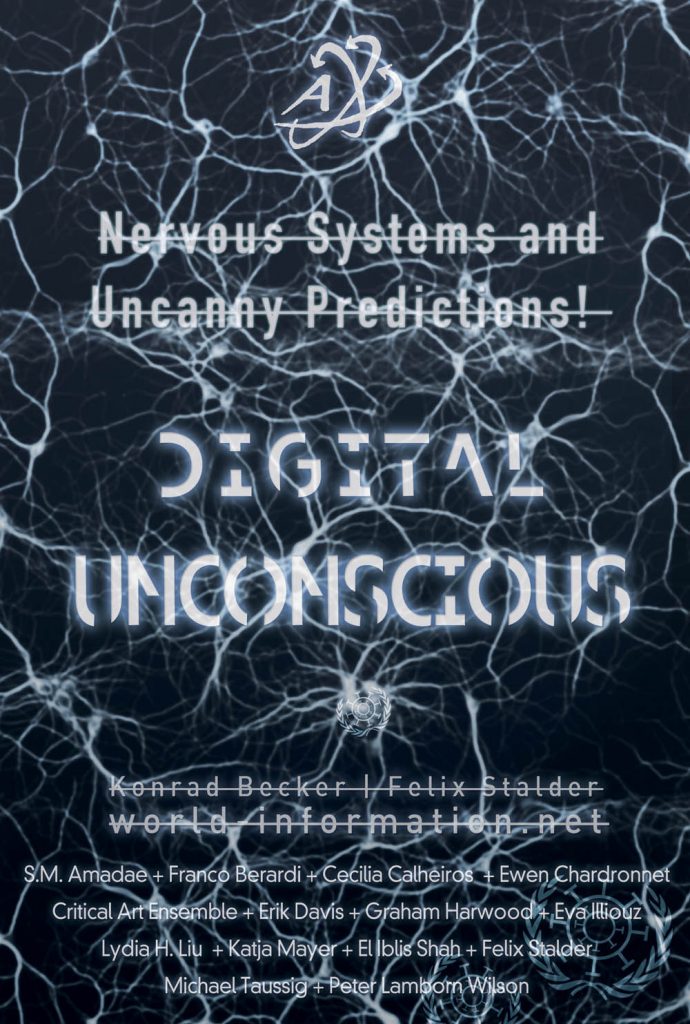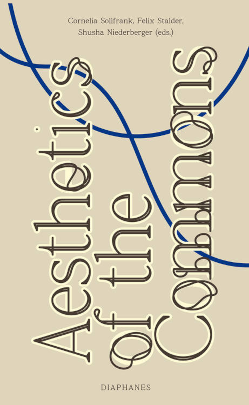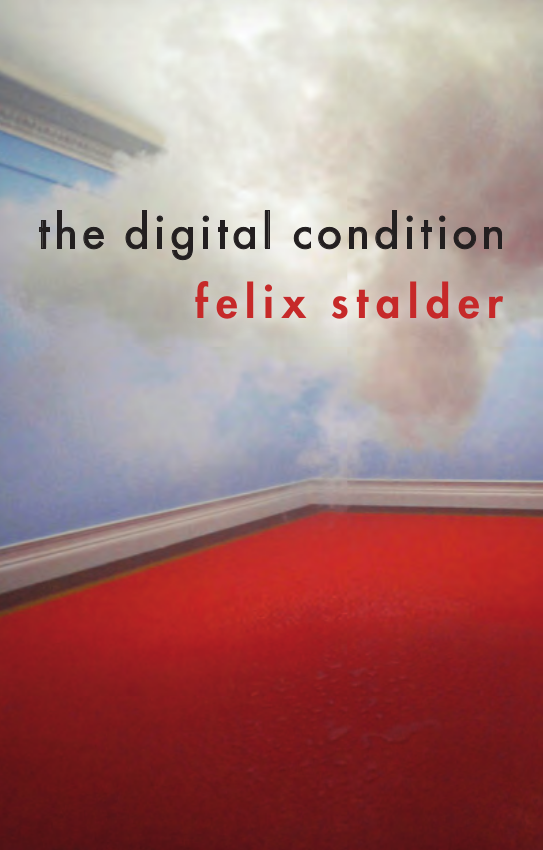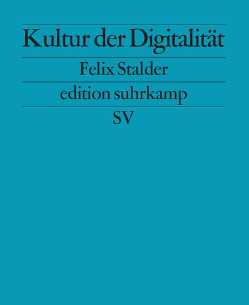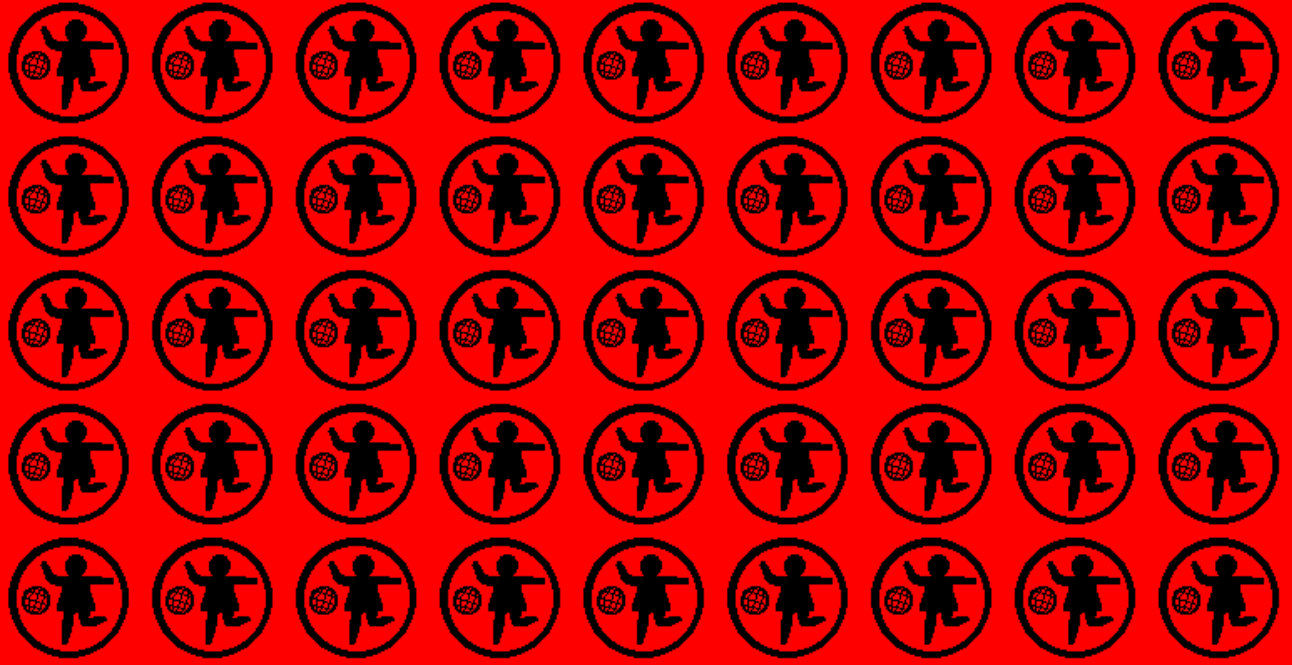
 This essay was published in "Hacking" (Edition Digital Culture 2). Edited by Dominik Landwehr, Migros Kulturprozent & Christoph Merian Verlag Basel.
This essay was published in "Hacking" (Edition Digital Culture 2). Edited by Dominik Landwehr, Migros Kulturprozent & Christoph Merian Verlag Basel.
Hackers as Producers. Authorship and Freedom
Artists and hackers both represent contemporary types of unconventional authorship. In their own respective ways, they both appear as autonomous producers and not as contractors. Their autonomy is based on an aspiration towards individual freedom, but they each justify this in completely different ways. In an emphatic sense, freedom is the foundation of an artist’s work. This freedom legitimates or even demands a demiurgic act of positioning from which the work then unfolds – and it justifies the close relationship between “author” and “work”. In contrast, a hacker begins by experiencing an absolute dearth of freedom. His work unfolds while dealing with an omnipotent system1 in which all options for action are predetermined. The hacker’s goal is to seize hold of moments of freedom anyway.
“Artists” and “hackers” are ideal types here, conceptual abstractions. They were formed to make certain contexts more tangible. In the following, the focus will be directed towards the relationship between respective notions of freedom and social mechanisms functioning within regimes of order.
Freedom & Property
The assumption that artists begin from a position of complete freedom is a historical development as a part of liberal concepts of freedom: Every man is born in liberty, which is finally expressed by the stewardship rights he has for his own body.1 This freedom legitimates private property, understood as the fruits of the labor performed by one’s own body. This concept is directed against old forms of serfdom, bonded labor and arbitrary disenfranchisement or taxation. It reoriented society away from the distribution of goods based on privilege bestowed by a sovereign and towards the production of goods by entrepreneurs; their objectives were thus moved to the center of society’s agenda.
This concept of freedom as the point of foundation for social interaction was essential for the liberal understanding of the interrelated categories “individual” and “private property”. In this cosmos, the artist represents the most radically expressed form of an individual’s civil liberty. This entity is then doubly privileged by the legal order: on the one hand, by the legal establishment of the freedom of art, which guarantees the artist’s freedom to work;2 on the other hand, by copyright law. This allows him to enforce the claim of understanding his work to be the product of his labor alone, and there- fore his exclusive property. Historically, this allowed the artist to exit from a dependency on commissioning entities and to engage an audience from an equal position. It was an emancipatory act, no doubt.
So far, so good. The clarity of these findings, as the political scientist Christian Schmidt notes, “is disturbed by the regime of property’s propensity to expand its area of applicability”.3 The property concept’s prerequisites become problematic to the degree that forms of ideas and free will become subject to capitalist production, such as when youth culture is transformed into products. The consequences of this expansion are that “the clear separation between people and property, or put differently, people’s autonomy is questioned”.4 If a person constitutes himself or herself as the sole active author, then others are forced into the role of being a passive audience. As long as this is only done by the few, then it isn’t a problem; but if everyone tries to lay claim to this expanded form of subjectivity, then active subjects begin to constitute each other as passive objects. This generates a fundamental inner contradiction: either something is an object within a property regime and thus completely unfree, or it operates as a subject in this regime and is therefore free.
The distortions of copyright law in a digital and networked society – for example, when a warning letter arrives in your mailbox because of the image you used for your profile – introduce this contradiction to daily life. Subjects suddenly discover that they are objects. A paradox becomes apparent: the construction that historically established artists’ radical freedom has now become an instrument of unfreedom, since it is being invoked by an increasing number of people simultaneously. In the figure of the artist, his range of action is constituted in such a way that it is revoked from everyone else, and thus from the audience as well.5 If too many people now take advantage of this construct in our state of mass digital creativity, then the results are contradictory: subjects suddenly transform into objects. Freedom becomes unfreedom.6
System & Agency
The concept of the hacker is completely different. It does not include an idealized notion of freedom as the starting point for action. Quite the contrary: the point of departure is an experience of unfreedom – a confrontation with a powerful system that claims to have already defined all options for action. If the artist assumes the existence of a field that is culturally underdetermined in which a freedom to establish a position exists, then the hacker must assume a field that is culturally overdetermined in which every option and every path has already been determined before his arrival. In this field, no freedom exists at the onset; instead, it is a predetermined, heteronomous situation.
The hacker’s role is not anticipated by the system. It is created in an act of self-empowerment. The basis of this act is a specific attitude towards the reality created by the system. As the cultural theoretician McKenzie Wark writes: “The virtual is the true domain of the hacker. It is from the virtual that the hacker produces ever-new expressions of the actual. To the hacker, what is represented as being real is always partial, limited, perhaps even false. To the hacker there is always a surplus of possibility expressed in what is actual, the surplus of the virtual. This is the inexhaustible domain of what is real but not actual, what is not but which may become.”7
In other words, while the system pretends to be transparent towards itself and to describe itself completely, to the hacker it looks completely different: his intuition makes him suspect that the system is actually opaque towards itself and has other hidden potentials and possibilities. The hacker’s work is thus targeted at bringing these hidden possibilities to light – even if this light is only the weak radiant glow of his own monitor. However, a hacker isn’t just a simple escape artist or precision mechanic at the keyhole of a locked door; he is more of a judoka. He uses the system’s power and resources, but he guides them in a different direction. He forces the system to do something that it didn’t intend to do, but that it is able to do. This act transforms heteronomy into autonomy.
The hacker’s freedom is a result of his work, not its prerequisite. As such, it is always threatened, temporary and performative, wrought from a hostile environment that does everything to close the hacker’s loopholes or – if they are compatible with the purpose of the system – at least alienate them from the hacker and turn them into predetermined and controlled “options”. The hacker’s work is characterized by its virtuosity and the special ability to read a system against the grain, and to then realize this perspective, this vision of the virtual. Virtuosity can’t be equated with technical perfection – but perhaps with a “playful cleverness” as Richard Stallman, the founder of the free software movement, formulates it.8
A hack thus can’t be copied without robbing it of its specific virtuosity. Each hack is unique. Virtuosos, as the philosopher Paolo Virno writes in reference to performing artists, “primarily perform an activity whose purpose [...] is realized in and of itself, without becoming a work that lasts over time, without being deposited as a ‘finished product’ [...]. Secondarily we are dealing with an activity that requires the presence of others and only exists in the face of an audience.”9 The essential political character of virtuosity is based on the reference to an audience and the necessity of a public appearance. (Computer) hackers don’t usually operate in front of an audience, but they often leave messages that are an indirect proof of their virtuosity.
For example, the monitors at NASA’s Goddard Space Flight Center in Greenbelt, Maryland suddenly displayed this message on October 16, 1989:10
W O R M S A G A I N S T N U C L E A R K I L L E R S
_______________________________________________________________
\__ ____________ _____ ________ ____ ____ __ _____/
\ \ \ /\ / / / /\ \ | \ \ | | | | / / /
\ \ \ / \ / / / /__\ \ | |\ \ | | | |/ / /
\ \ \/ /\ \/ / / ______ \ | | \ \| | | |\ \ /
\_\ /__\ /____/ /______\ \____| |__\ | |____| |_\ \_/
\___________________________________________________/
\ /
\ Your System Has Been Officially WANKed /
\_____________________________________________/
You talk of times of peace for all, and then prepare for warAs it turned out later, the message was left behind by a group of hackers from Melbourne. A certain Julian Assange was a member; twenty years later he had his public appearance in front of a global audience.
While traditional hackers’ relationship to an audience is only articulated within a closed community or indirectly, this relationship is of central importance for the !Mediengruppe Bitnik’s works. In “Delivery for Mr. Assange”, not only was the “postal system” hacked, that is to say used for a purpose that was not intended by the Royal Mail, but the audience was also directly involved. It didn’t have a preconceived role, though – as is usually the case in most “participatory” works. Instead, the public could empower itself to find new possibilities for action in the Bitnik’s script. These possibilities for action emanated from its own understanding of the surplus in the virtual, as Wark would put it.
Virtuosity & Audience
The virtuoso and the audience constitute themselves reciprocally, with a shared presence and shared attention, in a double moment of freedom. Neither does the virtuoso know how the audience will react, nor does the audience know what the virtuoso will exactly do. Herein lies a utopian moment that makes reference to a cultural landscape beyond intellectual property which has been removed from temporality and has increasingly problematic support structures. Instead of being dependent on an unequally distributed ability to act, a situation is created in which the autonomous but reciprocally referencing activities of an “author” and an “audience” present the “work” together.
Hackers such as Assange demonstrate in the realms of politics and journalism how radical freedom can be that is shaped under a situation of greatest unfreedom. Their insistence that source material be published is designed to enable as many actors as possible to integrate this material into their own projects. What it means to become artistically active with the attitude of a hacker becomes visible in the Bitniks’ work. Even here, their own freedom is not endangered by the freedom of others, their past audience; instead, it is expanded.
Precarious Victories
However, this utopian freedom’s fragility becomes visible in both cases: Assange is stuck in just a few square meters of space in London. And the very next Bitnik package, to Mr. Rajab, disappeared in the black hole of Dubai. That round was won by the system. What about the next one?
Translation: Christopher Langer
notes
1 Systems are integrated contexts of function. What functioning is can be determined technically, culturally or institutionally.
2 John Locke’s (1632–1704) formulation of individual freedom as determined by the stewardship over one’s own body is conceived of from a clearly male perspective. Self-determination of a female body is still, even in liberal societies, a question of debate.
3 For example, Art. 21 of the Federal Constitution of the Swiss Confederation determines: “The freedom of art is guaranteed.”
4 Schmidt, Christian: Individualität und Eigentum. Zur Rekonstruktion zweier Grundbegriffe der Moderne. Frankfurt am Main 2006, p. 13.
5 p. 107.
6 For example, in Art. 10 of the Swiss Copyright Act it is stated that: “The author has the exclusive right to determine if, when and how the work is used.”
7 Cf. Stalder, Felix: Der Autor am Ende der Gutenberg Galaxis. Zürich 2014.
8 Wark, McKenzie: A Hacker Manifesto. Cambridge, MA 2004, p. 74.
9 See also: Himanen, Pekka: The Hacker Ethic and the Spirit of the Information Age. New York/Toronto 2001.
10 Virno, Paolo: Grammatik der Multitude. Öffentlichkeit, Intellekt und Arbeit als Lebensformen. Translated from Italian by Klaus Neundlinger. Wien 2005, p. 66.
11 Dreyfus, Suelette: Underground: Tales of Hacking, Madness and Obsession on the Electronic Frontier. Kew, Australia 1997. Online at: www.underground-book.net.



